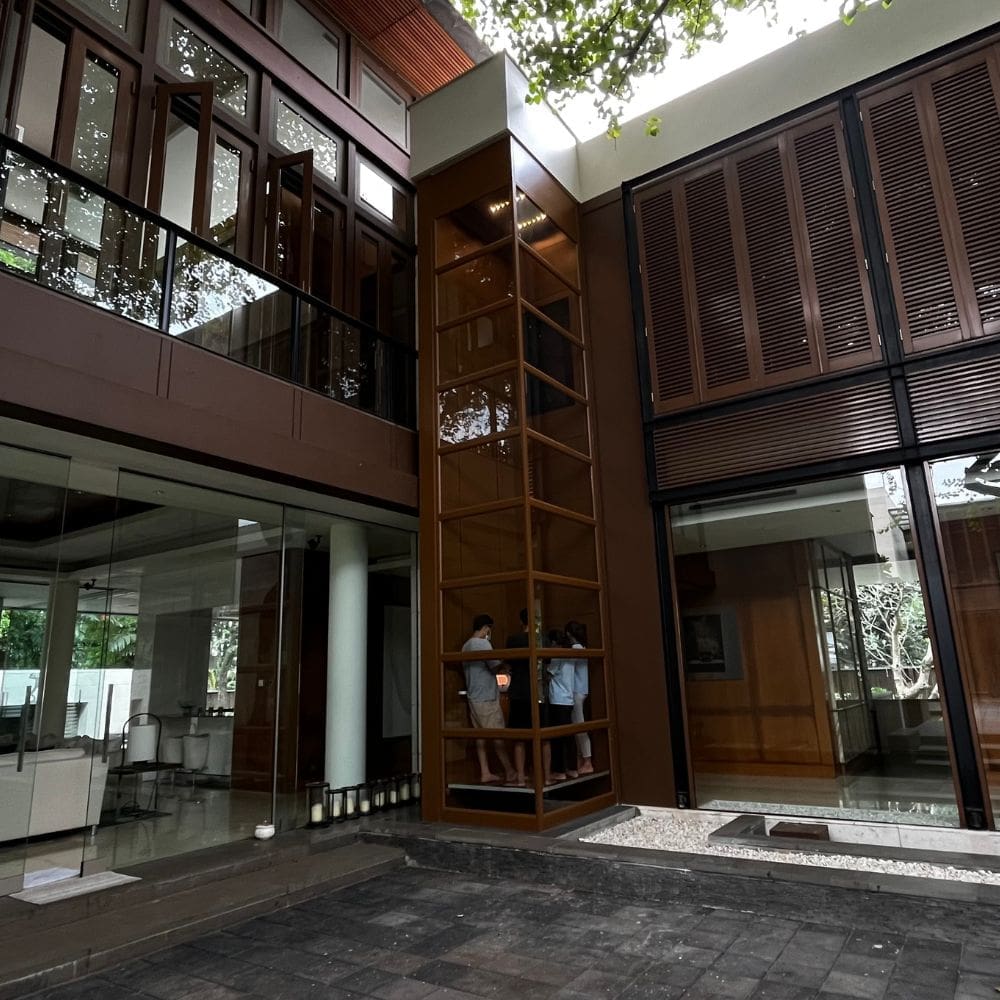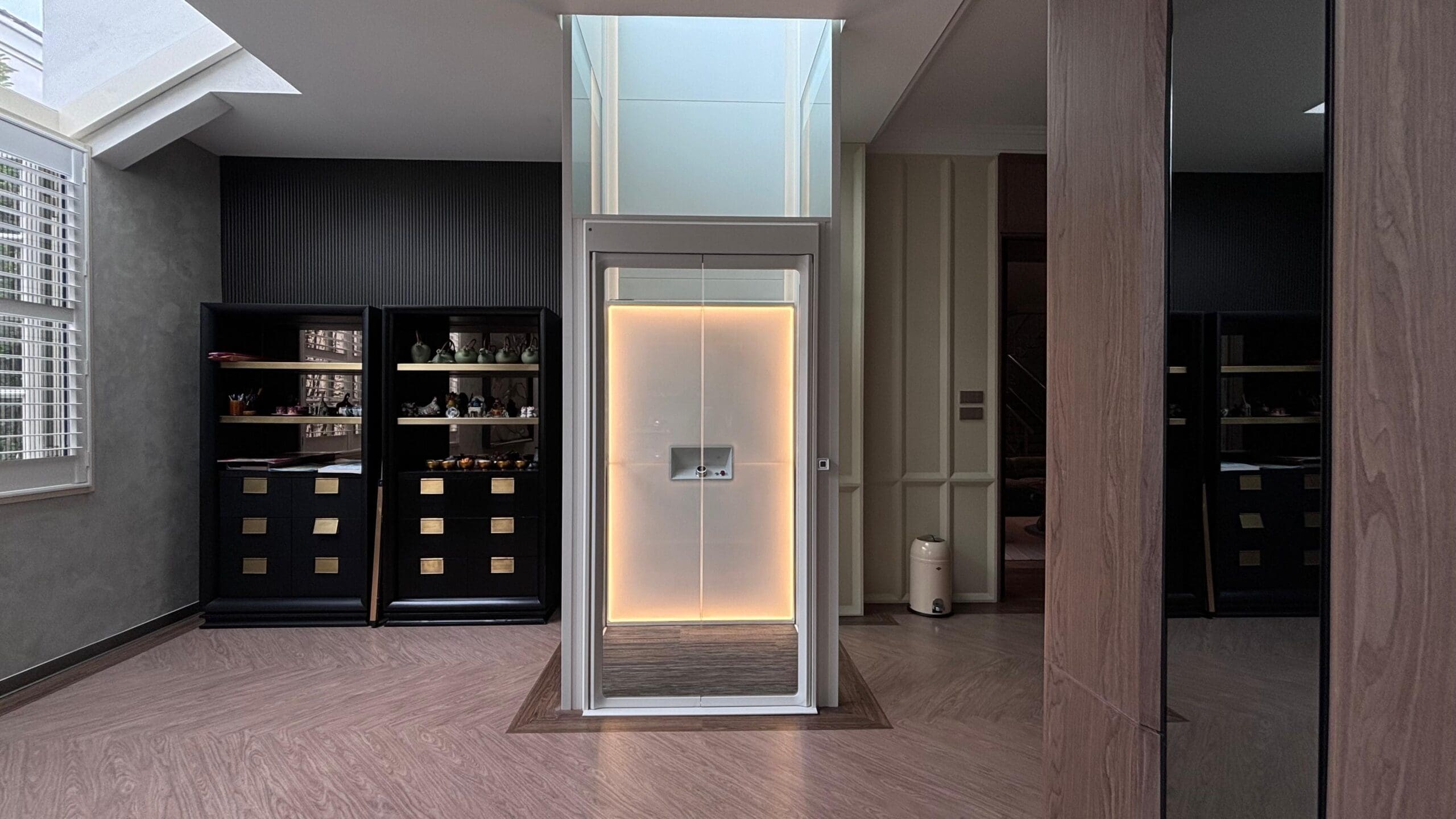In the world of home improvement, the focus is often on enhancing comfort, convenience, and accessibility. For individuals with mobility challenges or those seeking to future-proof their homes, installing a home lift can be a transformative solution. Whether it’s for elderly family members, individuals with disabilities, or simply for added convenience, selecting the right home lift requires careful consideration of various factors. From safety features to design aesthetics, here’s a comprehensive guide to help you choose the best home lift for your mobility solution.
Read Also : The Superiority of Home Lifts
1. Assess Your Needs
Before diving into the world of home lifts, it’s crucial to assess your specific mobility requirements. Consider who will be using the lift and their mobility limitations. Are you looking for a solution to accommodate a wheelchair or simply to ease navigation between floors for individuals with limited mobility? Understanding these needs will guide you in selecting the appropriate lift type and specifications.
2. Lift Types
Home lifts come in various types, each catering to different requirements and spatial constraints. Common options include:
– Traditional Hydraulic Lifts: Known for their reliability and smooth operation, hydraulic lifts are ideal for larger homes with ample space for installation.
– Electric Traction Lifts: These lifts utilize a motor and pulley system, making them suitable for smaller homes or retrofitting into existing spaces.
– Platform Lifts: Perfect for wheelchair users, platform lifts offer a level surface for easy entry and exit, eliminating the need for stairs.
– Stairlifts: Designed specifically for staircases, these lifts provide mobility assistance for individuals who can still navigate stairs but may require support.
3. Safety Features
Safety should be a paramount consideration when selecting a style=”color:blue;” home lift. Look for features such as emergency stop buttons, battery backups, non-slip flooring, and door sensors to prevent accidents and ensure peace of mind for users and their families.
4. Space and Installation
Evaluate the available space in your home and consider the logistics of lift installation. Depending on the type of lift chosen, you may need to allocate space for a shaft, machine room, or pit. Consulting with a professional installer can help determine the most suitable location and configuration for seamless integration into your home.
5. Aesthetics and Design
While functionality is key, the aesthetics of the style=”color:blue;” home lift should also complement your interior design. Many manufacturers offer customizable options for finishes, materials, and cabin designs to seamlessly blend with your home decor.
6. Maintenance and Support
Regular maintenance is essential to ensure the smooth and reliable operation of your home lift. Choose a reputable manufacturer or supplier that offers comprehensive maintenance packages and responsive customer support to address any issues promptly.
Selecting the best home lift for your mobility solution requires careful consideration of your specific needs, safety features, space constraints, and design preferences. By assessing these factors and consulting with industry professionals, you can make an informed decision that enhances accessibility and convenience in your home.
For more information on home lifts and to explore our range of products, visit Skelevator’s website at www.skelevator.co.id or contact our WhatsApp at 081211312224.
Incorporating a home lift into your residence can significantly improve the quality of life for individuals with mobility challenges, providing independence and freedom to navigate their homes with ease. Choose wisely, and enjoy the benefits of enhanced accessibility and convenience for years to come


